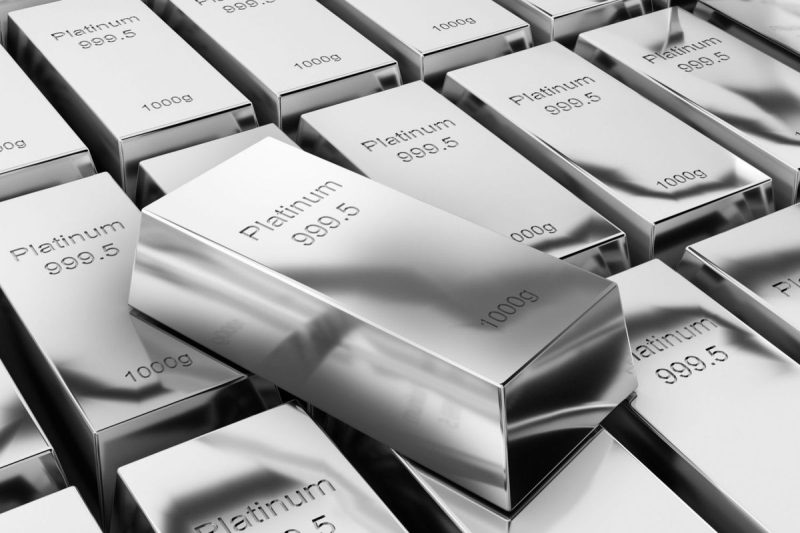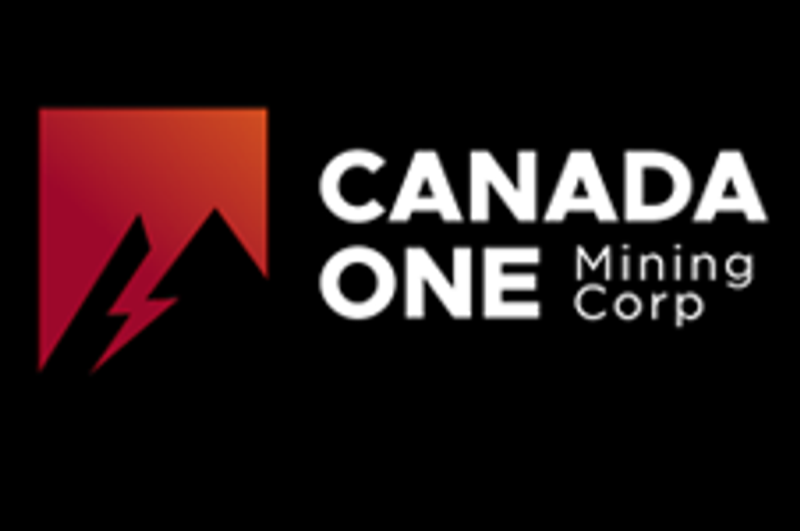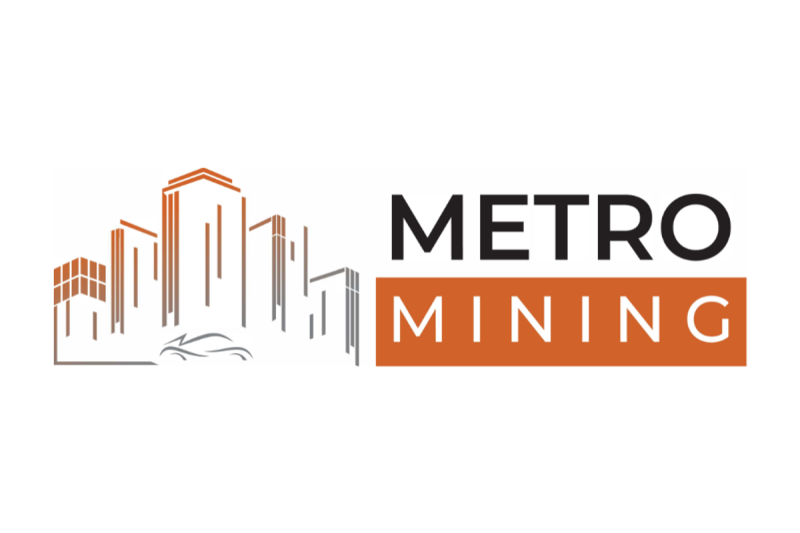Gold marked a new price milestone on Wednesday (October 8), breaking US$4,000 per ounce.
The spot price hit a fresh record, rising as high as US$4,056.14 in midday trading. Future prices for gold breached US$4,000 for the first time on Tuesday (October 7) and have continued to climb higher.
The yellow metal’s rise follows a summer of consolidation. After several months of relatively flat trading, the price began pushing higher toward the end of August, quickly reaching US$3,500 and continuing on up.
Gold futures are up about 12 percent in the last month, and just over 54 percent year-to-date.
Gold price, October 1 to October 8, 2025.
Gold’s latest rise began last week, after US Congress failed to reach an agreement on a spending bill ahead of the new fiscal year, triggering a government shutdown. The closure has now lasted a week, with a key sticking point between Democrats and Republicans being an extension to billions of dollars in subsidies for Obamacare.
US President Donald Trump said Monday (October 6) that negotiations were taking place with Democrats and ‘could lead to very good things’ in terms of healthcare. However, Senator Chuck Schumer and Representative Hakeem Jeffries, Congress’ two Democrat leaders, said no talks were happening and that the White House ‘has gone radio silent.’
Various issues are emerging as the shutdown progresses, with one of the most recent being the Trump administration’s suggestion that furloughed federal workers may not receive backpay.
Beyond current events, gold’s rise is underpinned by factors like strong central bank buying, global geopolitical uncertainty, concerns about the US dollar and other fiat currencies and expectations of lower interest rates.
Those elements have many experts predicting a rise well beyond US$4,000 for the precious metal, likely before the end of the year, although a correction is widely expected beforehand.
Gold’s sister metal silver is also surging higher this week, despite a pullback in the the price on Tuesday.
Silver price, October 1 to October 8, 2025.
The white metal rose as high as US$48.74 per ounce on Monday, but retreated on Tuesday to the US$47.80 level. On Wednesday, silver followed gold higher to US$49.42 by midday.
Silver was last at these price points in 2011, and is close to its 1980 all-time high.
As with gold, experts see a silver correction as natural given its rapid ascent, but think the rally is far from over.
‘The idea that this bull market is over is a fallacy. I would exercise caution, because I believe we’re due a correction. But I’m very happy with silver’s performance so far year-to-date,’ said analyst Ted Butler.
Securities Disclosure: I, Melissa Pistilli, hold no direct investment interest in any company mentioned in this article.










